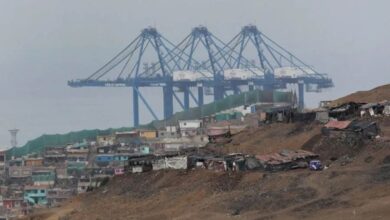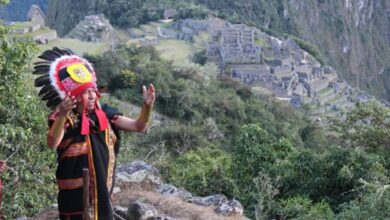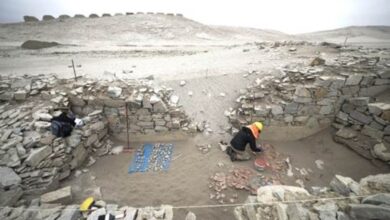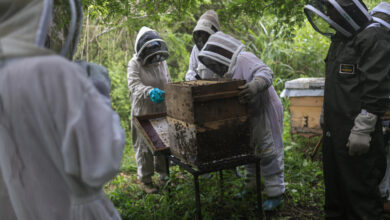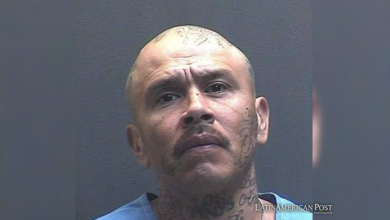Peru’s Journalists Under Siege: Inside a Year of Fear, Defiance, and Survival
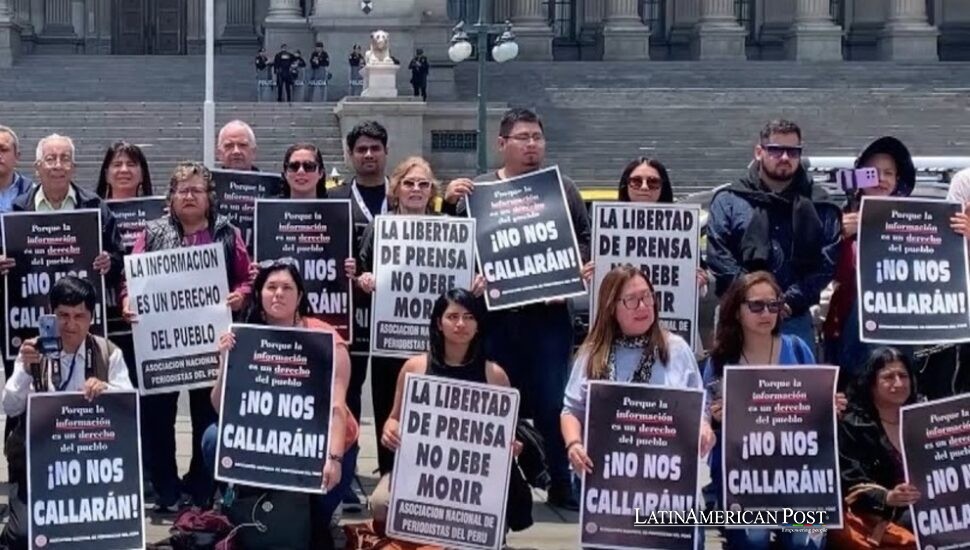
In today’s Peru, journalism feels like a dangerous vocation again. What began as scattered intimidation has hardened into a systemic campaign of harassment, with reporters caught between death threats, smear operations, police violence, and lawsuits designed to drain time and courage. The Inter American Press Association (IAPA) now calls 2025 “one of the worst years in decades” for press freedom in Peru—a chilling sentence for a country that once prided itself on its investigative tradition.
A Year Branded Among the Worst
The IAPA’s latest report reads like a catalogue of intimidation: two journalists murdered, dozens threatened, and a surge in legal attacks aimed at silencing the press. Cabinet ministers, mayors, and members of Congress have turned hostility toward reporters into routine theater—public insults, televised rants, and punitive lawsuits that punish exposure rather than wrongdoing.
For Gustavo Gorriti, one of Peru’s most renowned investigative journalists, the pattern is familiar but newly venomous. “It is not the first time this has happened to me,” he told EFE, “but there is no precedent for this avalanche—the tidal wave of disinformation, the mountains of lies that have been constantly uttered over several years.”
The moment crystallized when ultraconservative politician Rafael López Aliaga urged his followers to “get rid of” Gorriti. The phrase carried an old echo: in the 1990s, Gorriti was kidnapped by state agents during Alberto Fujimori’s self-coup. Today, he warns, “shreds” of democracy remain while political factions treat journalism as an enemy combatant. What frightens him most is not only the hate speech, but the normalization of hate itself—the way it now passes for politics.
Targeted from the Top
If the rhetoric is coarse, the machinery behind it is precise. Karla Ramírez, head of investigations at Panamericana Televisión, discovered she was under surveillance after publishing exposés on alleged corruption linked to the government of former president Dina Boluarte. “They lifted the bar of impunity,” she told EFE. “I didn’t receive a threat; I received leaked information that the attack they planned against me was imminent.”
The tip-off came with details that felt cinematic and chilling—an organigram of her family, their routines, even the routes they took through Lima. The supposed plan was to disguise the assault as random street crime. Months earlier, Boluarte had dismissed journalists’ questions about her administration’s scandals, then publicly derided the investigative shows probing her brother and cabinet members. The message was clear: reporting on power now carried personal risk.
The intimidation no longer stops at rhetoric. Former interior minister Juan José Santiváñez accused reporters from the network Latina of committing “reglaje”—the criminal offense of illegal surveillance—simply for tailing him during a corruption investigation. State prosecutors even sought to pierce the source confidentiality of other Latina reporters investigating a separate case at the Public Ministry. For watchdog journalists, the effect is corrosive: lawfare masquerading as justice, designed to punish scrutiny rather than corruption itself.
Threats Become Tactics
The aggression has spilled into the open. In one shocking episode, Congressman Héctor Valer spat on a reporter after the reporter asked an uncomfortable question. Another legislator, Kira Alcarraz, told a journalist, “If I were upset, you can be sure I’d smash you against the wall.” The remarks might once have ended political careers; now they fuel social media applause. Violence has become performance.
On the streets, police beatings of journalists have multiplied during youth-led demonstrations against the executive and Congress. Cameras capture officers striking photographers, dragging reporters to the ground, confiscating gear—acts more expected of authoritarian regimes than constitutional ones.
The Institute for Press and Society (IPYS) draws a straight line through these incidents. “Whenever coverage contradicts a politician’s preferences, the press is threatened with prosecution,” it warns. “This reflects a manifest intolerance toward journalistic work.” That intolerance has metastasized into policy. Each insult or slap might seem isolated; together they form a climate of attrition—eroding trust, emptying newsrooms, and convincing citizens that journalists are part of the problem rather than their protection against it.
Holding the Line Together
Yet even in this hostile atmosphere, Peru’s press refuses to retreat. “We protect each other because we know we’re putting evidence on the table,” Ramírez told EFE. Networks of solidarity—across outlets and across borders—have become the last bastion of survival. Legal defense funds stand ready for journalists dragged into frivolous lawsuits; digital-security workshops teach reporters how to evade hacking and doxxing; international press groups track threats in real time to raise the diplomatic cost of intimidation.
Gorriti, who has watched these cycles repeat for four decades, sees both continuity and evolution. In Fujimori’s time, repression was centralized; now, it’s crowdsourced, amplified by social media where lies replicate at the speed of anger. Judicial persecution is faster, more sophisticated, and more complex to trace. Yet he also sees resilience: investigative units still publish exposés on procurement rackets and abuse of power, even when it costs them sponsors, safety, or sleep.
For Peruvians who grew up under censorship, the parallels are haunting. But there’s one crucial difference—a generation of young readers and viewers now recognizes propaganda for what it is. They follow independent digital outlets, support journalists through crowdfunding, and question the official line. In a landscape of fear, that skepticism is oxygen.
The stakes could not be higher. When public figures encourage violence against reporters, democracy is not merely bruised—it’s disabled. Sources dry up, whistleblowers stay silent, and citizens receive information too late or too warped to act on. Impunity thrives where facts fall silent.
The path out of this spiral is not mysterious. Prosecutors must treat explicit threats as crimes, not campaign banter. Courts must dismiss suits that criminalize public-interest reporting. Congress must sanction its own members who assault or threaten journalists. Police commanders must safeguard press access during protests. And presidents—any president—must resist the reflex to demonize the media when coverage cuts close.
Also Read: Tears on the Bridge: Seventeen Colombians Walk Home from Venezuelan Prisons
Peru’s journalists have endured worse, and they endure again now, armed with solidarity, evidence, and stubbornness. “There is a tidal wave of lies,” Gorriti told EFE. The antidote, as always, is truth—verified, published, and defended. Every story printed, every broadcast aired, every photo taken in defiance of intimidation is a small act of resistance.
In a country where power keeps rewriting the rules, the press remains the last institution still writing them down.

